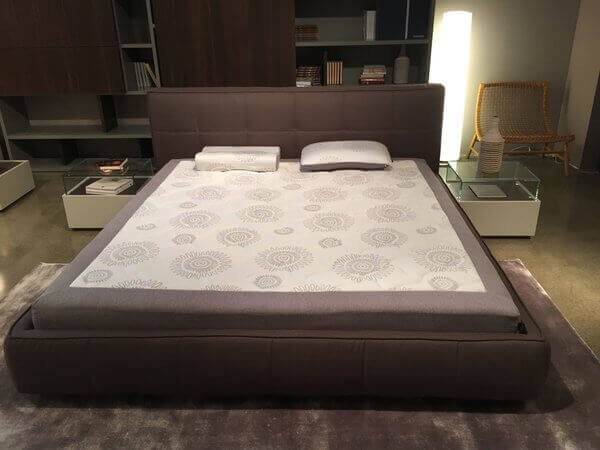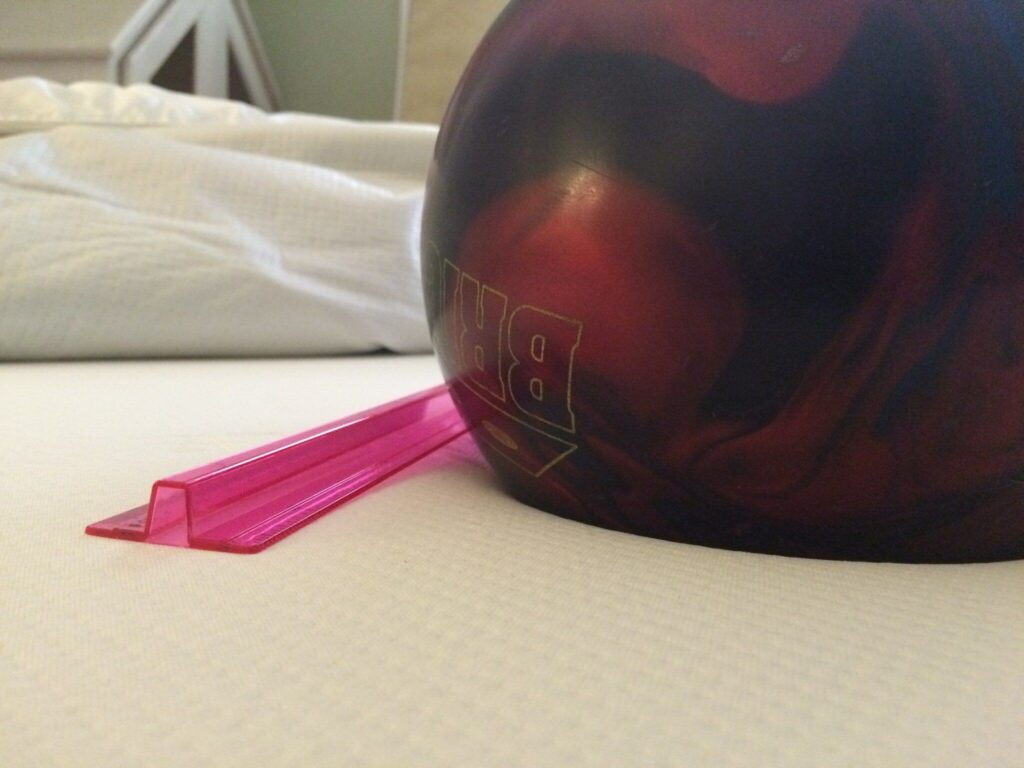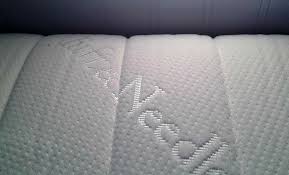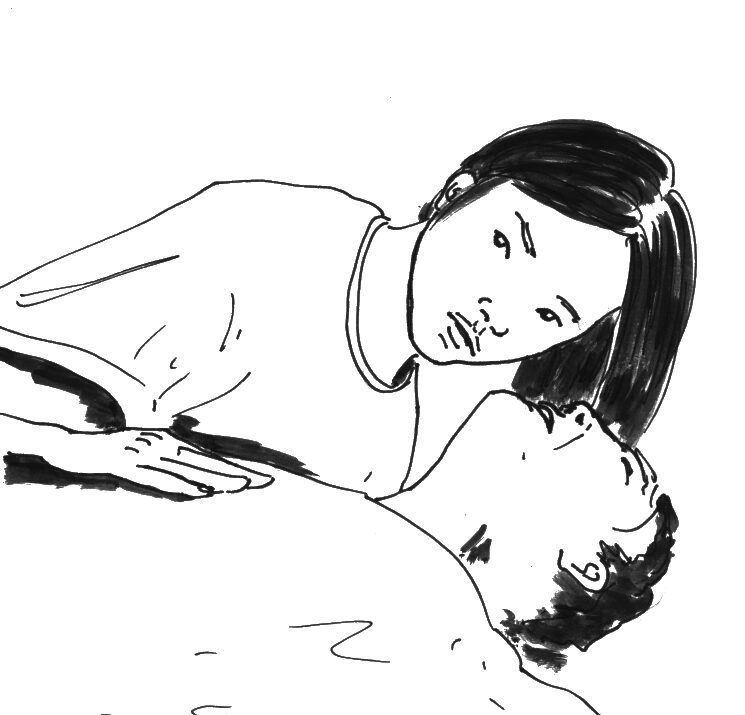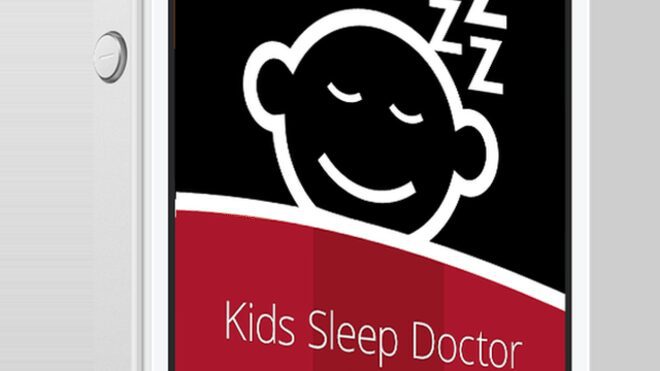[Tagline]
Welcome to a new era in mattress shopping. The days of going to a mattress store, lying on dozen’s of beds for 10 minutes each and being thoroughly confused with names, models, features, fillings and warranties are over. There are new online start-ups, including Tuft & Needle, that are disrupting the mattress industry and doing a phenomenal job!
Tempurpedic was the first company to introduce consumers to memory foam. For years Tempurpedic was the only game in town until slowly other companies started getting in the memory foam game. However, prices didn’t change all that much and if they did, there was a big sacrifice in quality. Fast forward a decade and there are now all sorts of online mattress companies emerging that are proving to be a quality mattresses.
Tuft & Needle is the first online bed start-up company bed that I have tested. For context, I have been through dozen’s of beds looking for the right amount of support and comfort and so far have not been 100% with any of my mattresses to date. I currently sleep on a king size organic latex mattress from Savvy Rest which is a great mattress but cost me over $3,000. For comparison, you can get a king size Tuft & Needle mattress for $500 including delivery!
Below is my experience with Tuft & Needle from the ordering process to how it sleeps.
Ordering the Tuft and Needle Mattress
What irritates me most about mattress shopping is the over abundance of choices. There’s so many options that you end up getting analysis paralysis. With Tuft & Needle, they only make 1 mattress. No different levels of firmness, no pillows, sheets or other accessories. Why should you be satisfied with only 1 choice? Well, for starters, it allows Tuft & Needle to focus on making 1 really exceptional product instead of multiple mediocre ones. Additionally, if for any reason you don’t like the mattress, they offer a 30 day no hassle return. And really the return process couldn’t be simpler. According to their website, you can donate it to a local charity and then send them your receipt as proof for a full refund. No need to ship back to the company:
To return your mattress, we work together to donate it to a local charity or non-profit. It’s that easy. Once your mattress is donated, send us a scanned or photographed copy of your donation receipt via email and we’ll process your refund in full.
We’re experts at finding donation locations. If you’re unsure of where to donate or need help, just let us know by phone or email [email protected]; we’d be happy to help find places! If we can’t find a donation location, then we’ll coordinate with a 3rd party pickup service free of charge.
The order form is literally 1 page and you just enter your name address and credit card info. You then get follow up confirmation and tracking information (shipped via fedex). It took about 1 week from hitting “order” to the mattress arriving at my doorstep. Tuft and Needle is headquartered out of Phoenix so if you’re in the area, you can test out their bed by making an appointment on their website and going to their local showroom.
Unboxing the Tuft and Needle Mattress
Below is a video of me unpacking the Tuft & Needle mattress. I received full sized mattress because it fits well on my Lovesac Sactional couch which I use to test beds. Unpacking super easy. For context, the box containing the full size mattress weighs about 50 lbs. so it’s fairly easy to drag into your bedroom for setup and there’s not much packaging left over after you’re done.
Findings of the Tuft and Needle Mattress
I tossed my 14 lb. bowling ball on the mattress to see how much give it has. See below
Here are some pictures to illustrate the softness of the Tuft and Needle Mattress
And another one…
How does it feel to sleep on a Tuft and Needle Mattress?
I had my first night’s sleep on the Tuft and Needle mattress 3 days ago. This may sound funny but I didn’t sleep well the first night because I couldn’t get over how comfortable it is! It is like sleeping on a marshmallow, not that I’ve ever slept on one but I can imagine this is how it would feel. Like I said I’m primarily a side sleeper and the Tuft&Needle mattress was perfect for it!
There are some reviews online saying the mattress is too firm but I couldn’t disagree more. In fact, it feels a little than my organic latex bed from Savvy Rest. I’m a side/stomach sleeper so I’m a bit more finicky than a back sleeper in terms of need for softness. I have been waking up each time with absolutely no neck or hip soreness. You sink into the bed but it bounces back and rolls with you as opposed to a typical memory foam mattress that takes time to regain its shape.
Check out the Consumer Reports Tuft and Needle Mattress review. Consumer reports ranks the Tuft and Needle above 37 other memory foam mattresses rated! It is rated higher than the Tempurpedic Cloud Supreme.
I had my wife and daughter take naps on the bed and they both love how it feels. My 7 year old daughter wanted to replace it with her old mattress right away.
I honestly see no downside to giving this mattress a try. It is unlike anything I have tested out in the stores and the quality is right up there with mattresses costing at least twice as much. It is the highest reviewed mattress on Amazon right now with 757 customer reviews which says something. Given their generous and hassle free return policy, I strongly recommend giving this mattress a try.
UPDATE JUNE 6, 2015
Having owned this mattress for almost 3 months, I would say that this is a good mattress for stomach sleepers. Stomach sleepers can be the most finicky when it comes to comfort and the level for firmness of the Tuft & Needle is perfect!
Disclosure: We aim to highlight products and services you might find interesting, and if you buy them, we may get a small share of the revenue. I do not have an affiliate relationship with Tuft & Needle.

